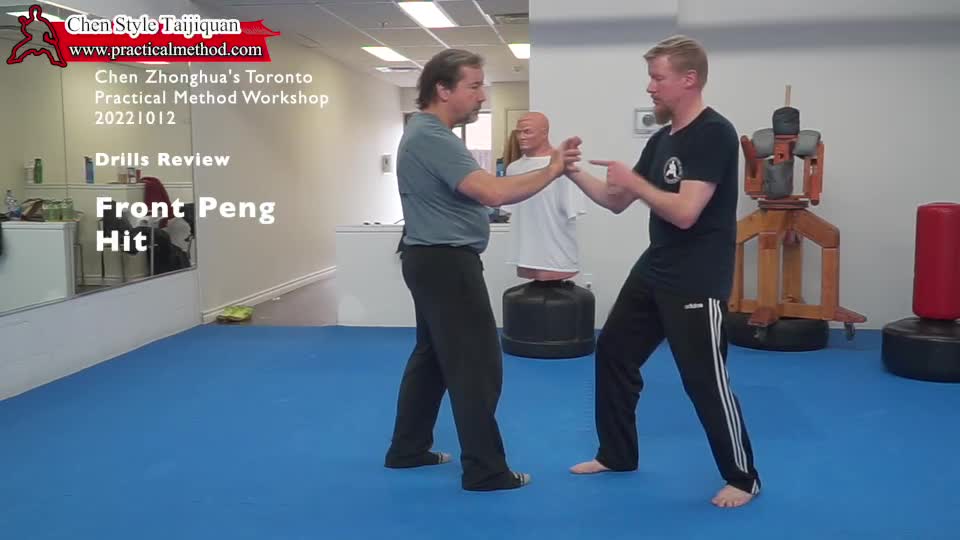
Presenter: Chen Zhonghua Length: 0 mins Difficulty: 3/5 Language: English
Year: 2022 Location: Edmonton, Canada
Chen Zhonghua Taiji Academy Phone: 780-413-0454
Chen Taiji Practical Method and Hunyuan Taiji practical_method@outlook.com
by Shopmaster on 2023/09/01


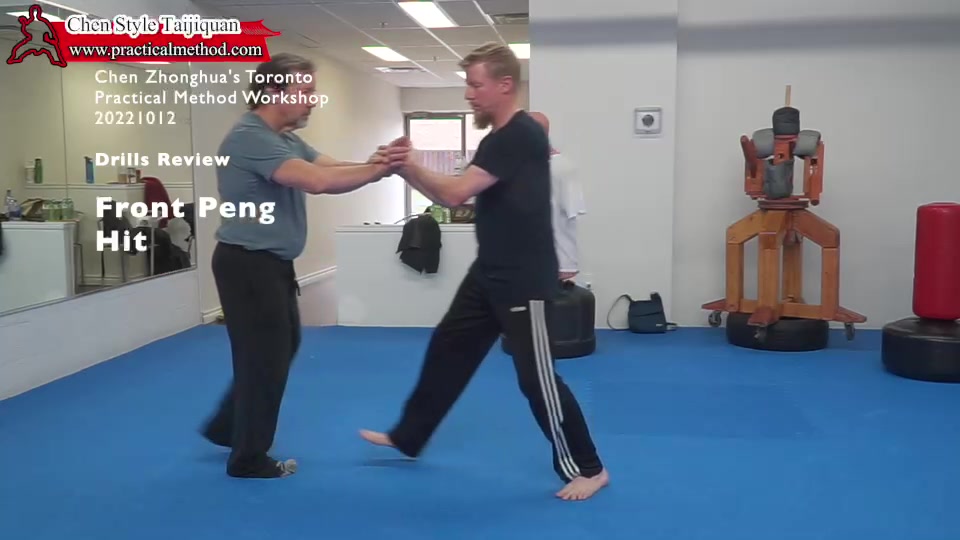

by Shopmaster on 2023/03/29
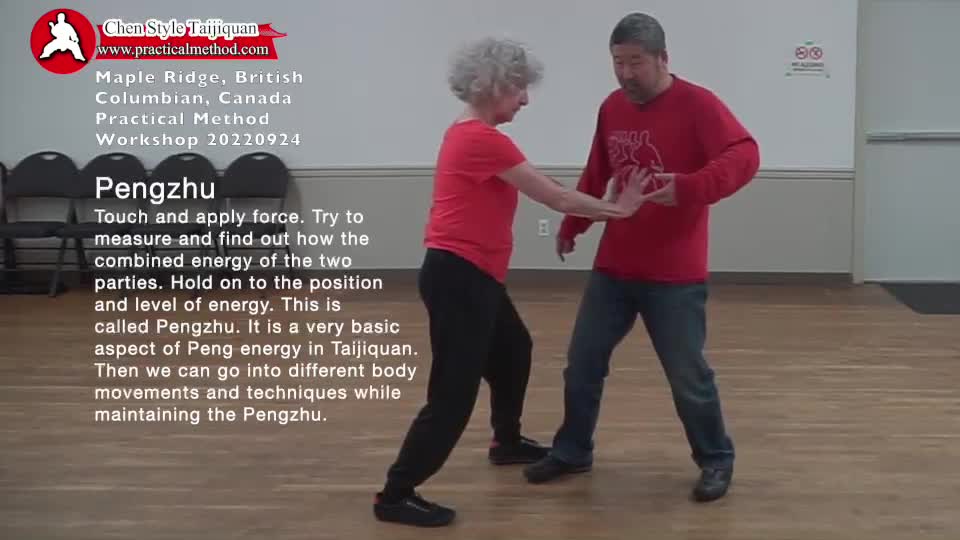
by Chen Zhonghua Taiji Academy on 2022/09/27
Pengzhu 掤住
Touch and apply force. Try to measure and find out how the combined energy of the two parties. Hold on to the position and level of energy. This is called Pengzhu. It is a very basic aspect of Peng energy in Taijiquan. Then we can go into different body movements and techniques while maintaining the Pengzhu.
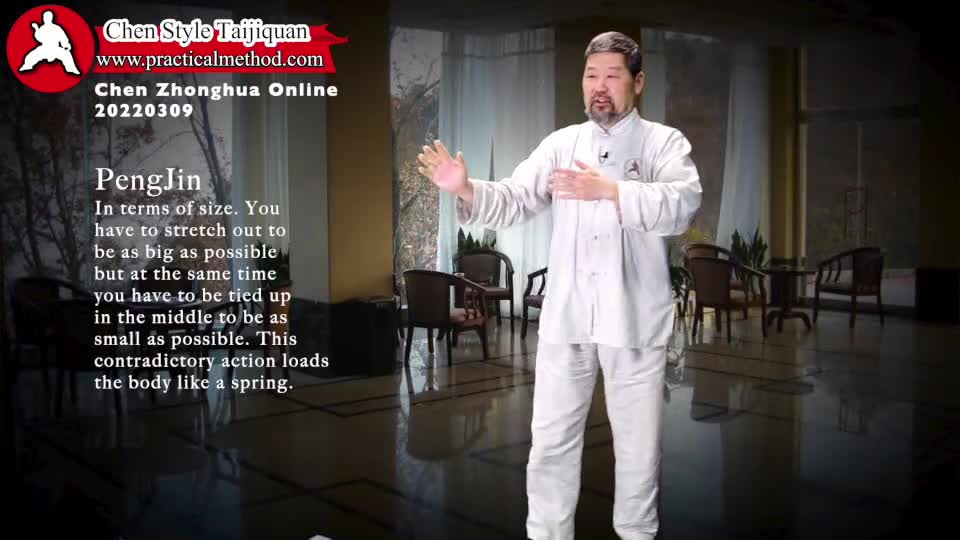
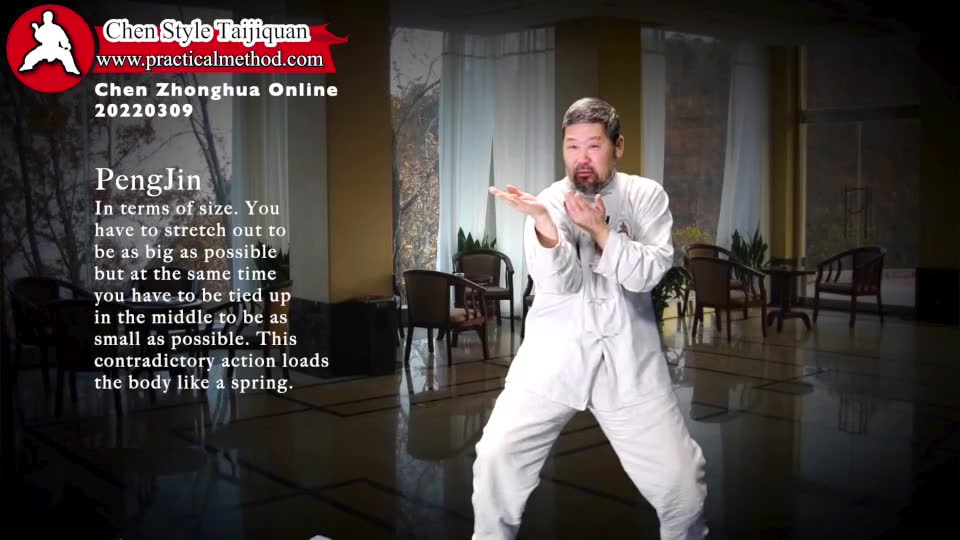
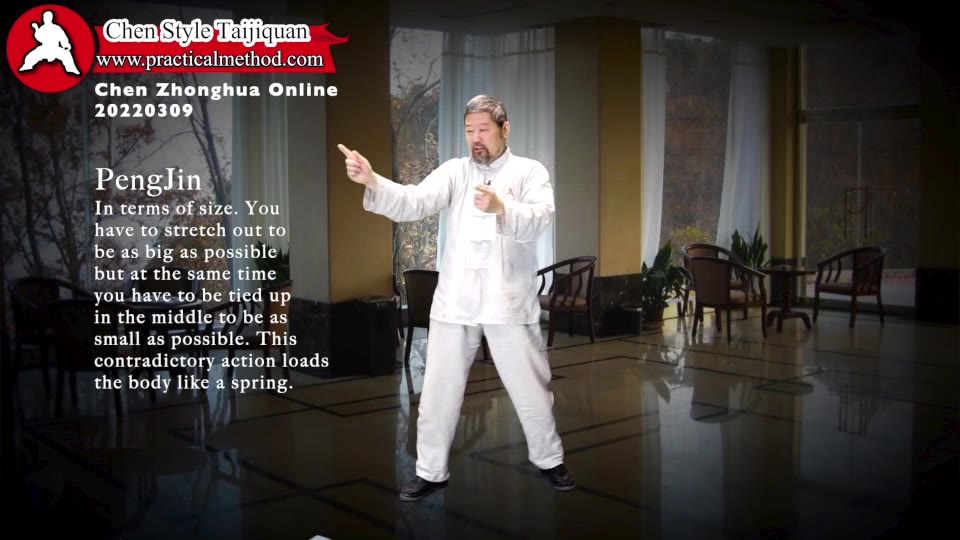
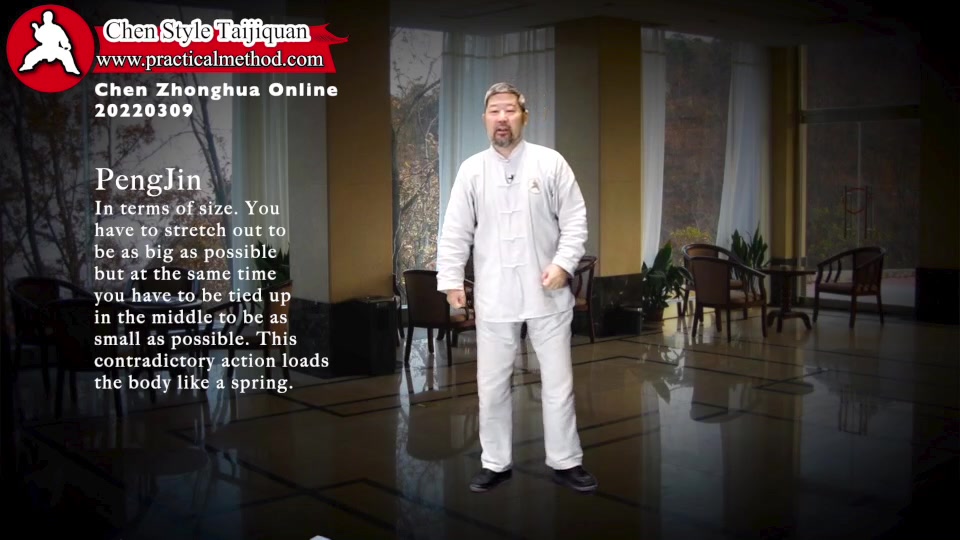
by Shopmaster on 2021/12/12
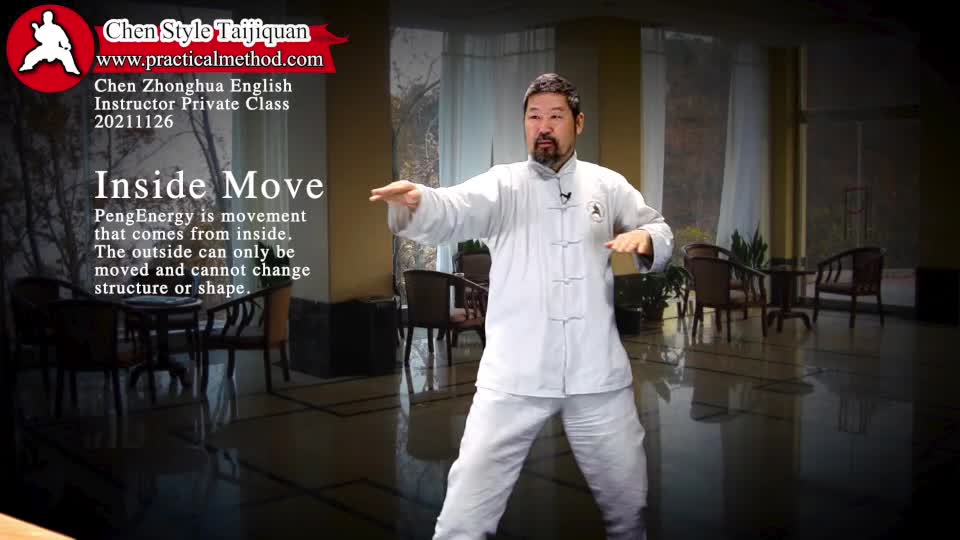
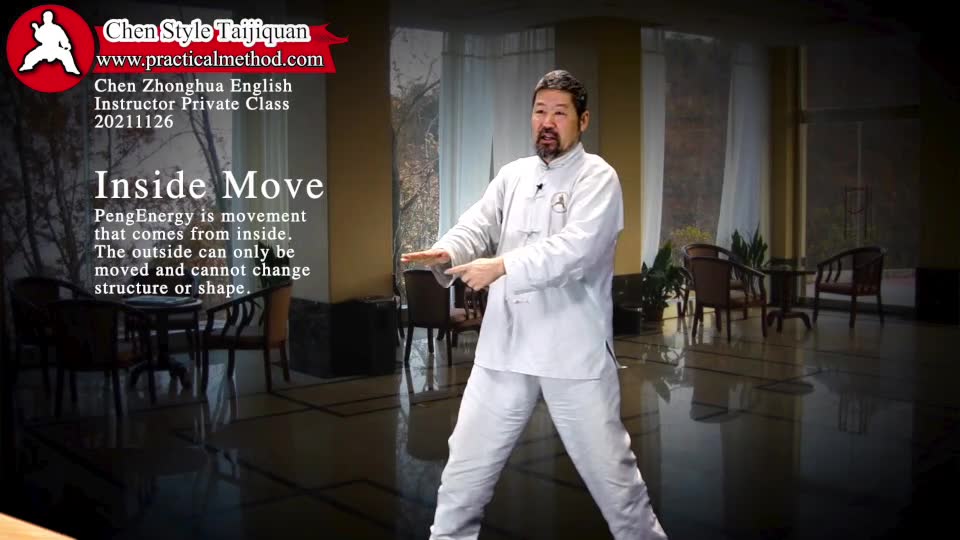
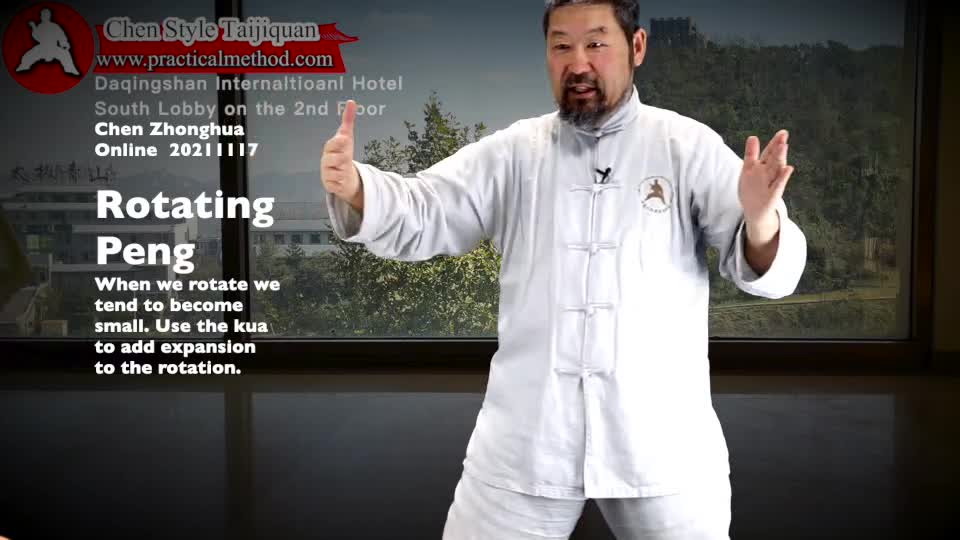
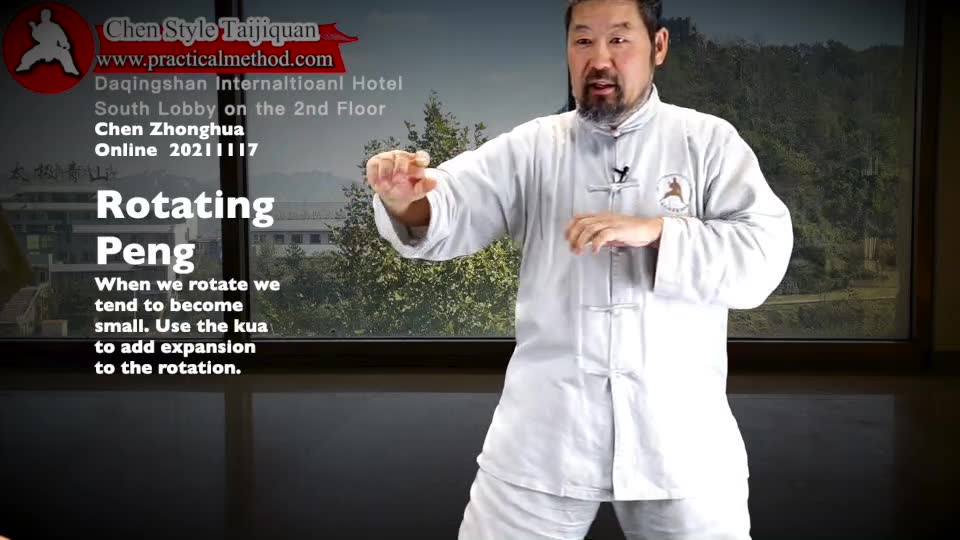
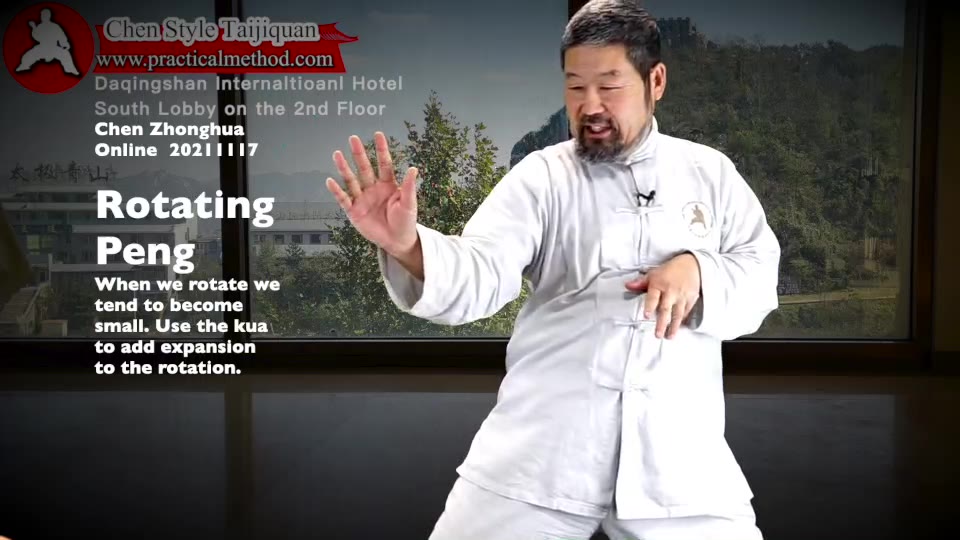

by Kelvin Ho on 2020/11/01
Peng Li started studying Practical Method on Feb. 2, 2020.
by Doug Gauld on 2020/09/27
…what is the essential nature of Peng? …is there room for creativity in training processes as a PM beginner? …could be that how we answer these questions will affect the speed of our learning and our ability in PM over time, maybe…this is a speculative piece…
by Kelvin Ho on 2020/07/05
![]()
Peng Li started on Feb 2, 2020, and learned move 5 to 15 and most of the foundations over weekly video-conferencing sessions.
by Kelvin Ho on 2016/06/15
by Kelvin Ho on 2015/12/14
by Kelvin Ho on 2015/08/23
by Shopmaster on 2014/10/01
by Wilkin Ng on 2012/12/18
A: We are doing push hand as a martial art and that requires special ways other than simple drills.
by cshum00 on 2012/04/26
I hope someone who knows Chinese and/or TaiChiQuan literature help me on this one. Read more
by Chen Zhonghua Taiji Academy on 2011/10/13
This is a very important question for all taiji practitioners. There is no simple answer for this question. However, there are some basic things we can follow in order for us to be on the right path.
by Jean-Philippe Ranger on 2011/08/15
Hunyuan World 2004 gave participants access to an enormous wealth of essential knowledge on taijiquan. One of these gems of information relates to peng, a topic of great interest to camp participants. As an example of the teaching available at Hunyuan World events, I share Master Chen Zhonghua’s response to students’ questions on peng, which also led to more general comments on his interpretation of taiji. Read more
by Chen Zhonghua Taiji Academy on 2010/07/01
Heavy rain started in the afternoon.
[nggallery id=26]
by Chen Zhonghua Taiji Academy on 2010/07/01
[nggallery id=25]
by Chen Zhonghua Taiji Academy on 2010/07/01
Found this video in my hotel room in Penglai. It’s much better than what I can shoot while visiting. Here it is for the readers of this blog.
/videos/Penglai.m4v
by Chen Zhonghua Taiji Academy on 2010/07/01
Last time I was in Penglai, this didn’t exist. Now it is such a splendid park.
[nggallery id=24]
by admin2 on 2008/02/10
peng jin:The movement away from the center in all directions. The center must be maintained to be considered an expansion.
by Aaron Bartholomew on 2024/07/30
by Gene Hess on 2023/05/08
Cloud hands correction … do not move fingers when starting the circle … Only the elbow comes in … Then before the hand can come out, a stretch has happen to open space under the armpit, then open up lower body, then push fingers out.
The wall exercise is good to do…Put your fingers on the wall as a reference, then practice bringing in elbow, shoulder & kua over as far as possible.
Note, the inside has to be big. Example … circle
We practiced closing the gap between ourselves and our opponent by first leading with the Kua, then closing other gaps until opponent was on the edge.
Basic internal stretching movements are important.
Practice drill: When the opponent engages, fix a point of contact, then dropping straight down to create a lever action to pop the opponent up and backwards.
Having gaps in between moves stops Peng. It’s important to practice staying ON when transitioning from move to move.
by Kelvin Ho on 2022/10/08
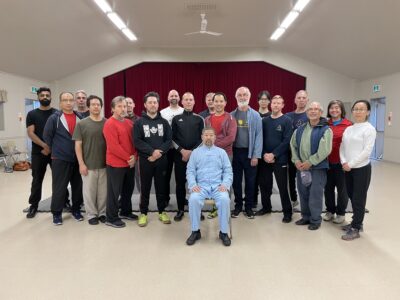
Ben Phillips of Toronto became Chen Zhonghua’s 379th disciple in a brief ceremony at the Annual Toronto Practical Method Seminar
This is the first Toronto Practical Method workshop by Master Chen Zhonghua since covid-19 started. We had a very good turnout, 25 people attended over the 4 days of the workshop. Participants came from Toronto, Markham, Aurora, Newmarket, Oakville, Georgetown, Ottawa, Michigan, Iowa, Arizona, California. One of the participants commented:
“Everyone here expressed and interacted freely and deeply, just like a big family.”
In this workshop, we focussed on training with drills, solo and partnered. The drills allowed us to develop gong, and techniques that would be useful in push hands. Many of the drills were video-recorded and will be available for purchase. We also included one lesson of Hunyuan Qi Gong, and Master Chen said he would begin to integrate more energy work into Practical Method through some Hunyuan Qi Gong training.
The following were intended to remind myself of what happened at the workshop, and they were not to be instructional. However, if you have any questions and need clarification for any part, please feel free to make a comment below.
Day 0
Power or No power? Read more
by Ketong Lin on 2022/09/24
by Dave Fekete on 2022/09/19
Edmonton Workshop: September 17, 2022
Part 1: Lead into Emptiness
Grandmaster Chen Zhonghua said that in Taiji, you “lead into emptiness.” This idea is central to the practice of Taiji. It means that when you “act” in Taiji, you don’t do something, but do something. When you prevail against an opponent, you are not “doing” something to your opponent. You never react with force against force. In Taiji, you are fighting yourself, not the other person. These seeming contradictions really mean something when you experience them, as I did in the Edmonton workshop on September 17, 2022. I felt them; Grandmaster Chen “did” them to us, without “doing them.” Read more
by Brian Chung on 2022/09/06
2022.09.01 悉尼笔记锺百豪 (英文) Sydney Notes by Brian Chung (English)
_____
2022.09.02 悉尼笔记锺百豪 (英文) Sydney Notes by Brian Chung (English)
_____
2022.09.03 悉尼笔记锺百豪 (英文) Sydney Notes by Brian Chung (English)
_____
2022.09.04 悉尼笔记锺百豪 (英文) Sydney Notes by Brian Chung (English)
_____
2022.09.05 悉尼笔记锺百豪 (英文) Sydney Notes by Brian Chung (English)
by Aaron Bartholomew on 2022/07/23
Notes from 2022 training camp
July 14
Touch the forearm
The dot has to line up to the dot on your chest
You cannot deviate from the line
Read more
by Kelvin Ho on 2022/07/23
Day 3
Lock the opponent at the top, break the opponent middle using my kua. The opponent collapses down like a building demolition.
Face the opponent (chest to chest), my front kua touches his front kua, make my front kua go to the other side.
Read more
by Yuxin Liu on 2022/02/12
Taijiquan
The soul is yin yang separation.
Everything must conform to this general principle. Yin yang separation is peng. Read more
by Yuxin Liu on 2022/01/26
In push hands, the first thing we need to do is to have peng energy. What does this mean? It requires us to be able to lock the opponent on the touch, confront him, without showing any disadvantages. We mustn’t show any weakness at the first place. Only like this, we will have the confidence to win.
What is confidence? Confidence is real gong fu. Without it, there is no use if you just feel good about yourself. How to gain real gong fu? Of course it is through years of training.
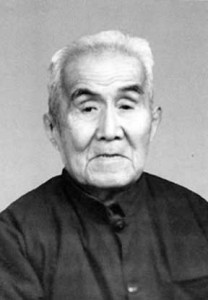
Read more
by Yuxin Liu on 2021/07/09
3 years learning in the old time(学徒关系) is about 3 months full time training nowadays. The first 3 years is like the university, 7-10 years is the master degree, and after that, it depends on the situation.
Read more
by Kelvin Ho on 2021/05/28
